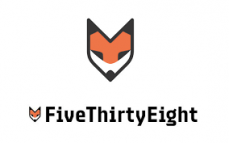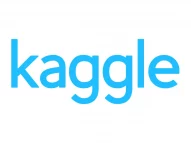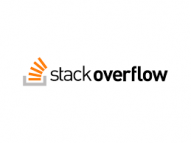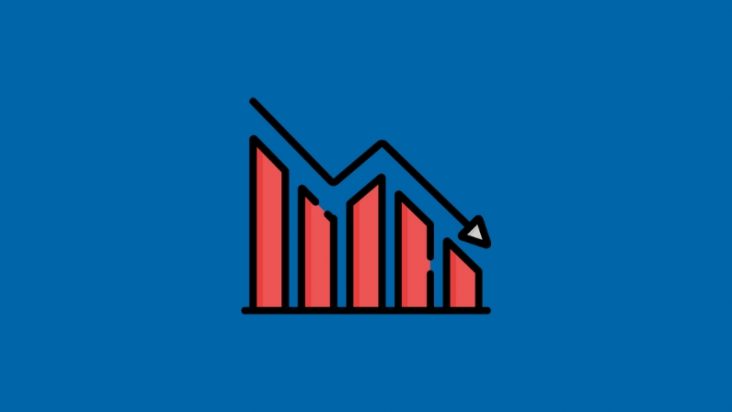
In the field of data science and analytics, the art of visualization plays an important role in translating complex datasets into comprehensible, insightful visuals that facilitate decision-making and storytelling. The foundation of any successful visualization project lies in the selection and utilization of the right data collections. This article delves into the significance of data collections in visualization projects, unpacks the intricacies of understanding these resources, and offers guidance on how to harness these collections effectively to create compelling visual narratives.
Role of Datasets in Visualization Projects
At the heart of every visualization endeavor is the data collection, a curated assembly of data points, gathered and organized with the purpose of analysis and interpretation. The choice of data collection is not merely a preliminary step; it’s a critical decision that shapes the entire visualization process. High-quality, relevant data collections serve as the blueprint from which insightful visualizations are constructed, enabling viewers to grasp complex concepts, identify patterns, and derive meaningful conclusions.
Top 15 datasets for visualization in 2024
BuzzFeed News Investigations

BuzzFeed News offers data from its investigative reports, providing unique insights into various societal issues. These compilations are rich in detail and context, making them perfect for deep-dive analyses and compelling visual stories. Accessible to the public, they encourage transparency and journalistic exploration. Ideal for those looking to combine data science with investigative reporting, this source allows for impactful visual narratives. It’s a treasure trove for data journalists and researchers alike.
FiveThirtyEight
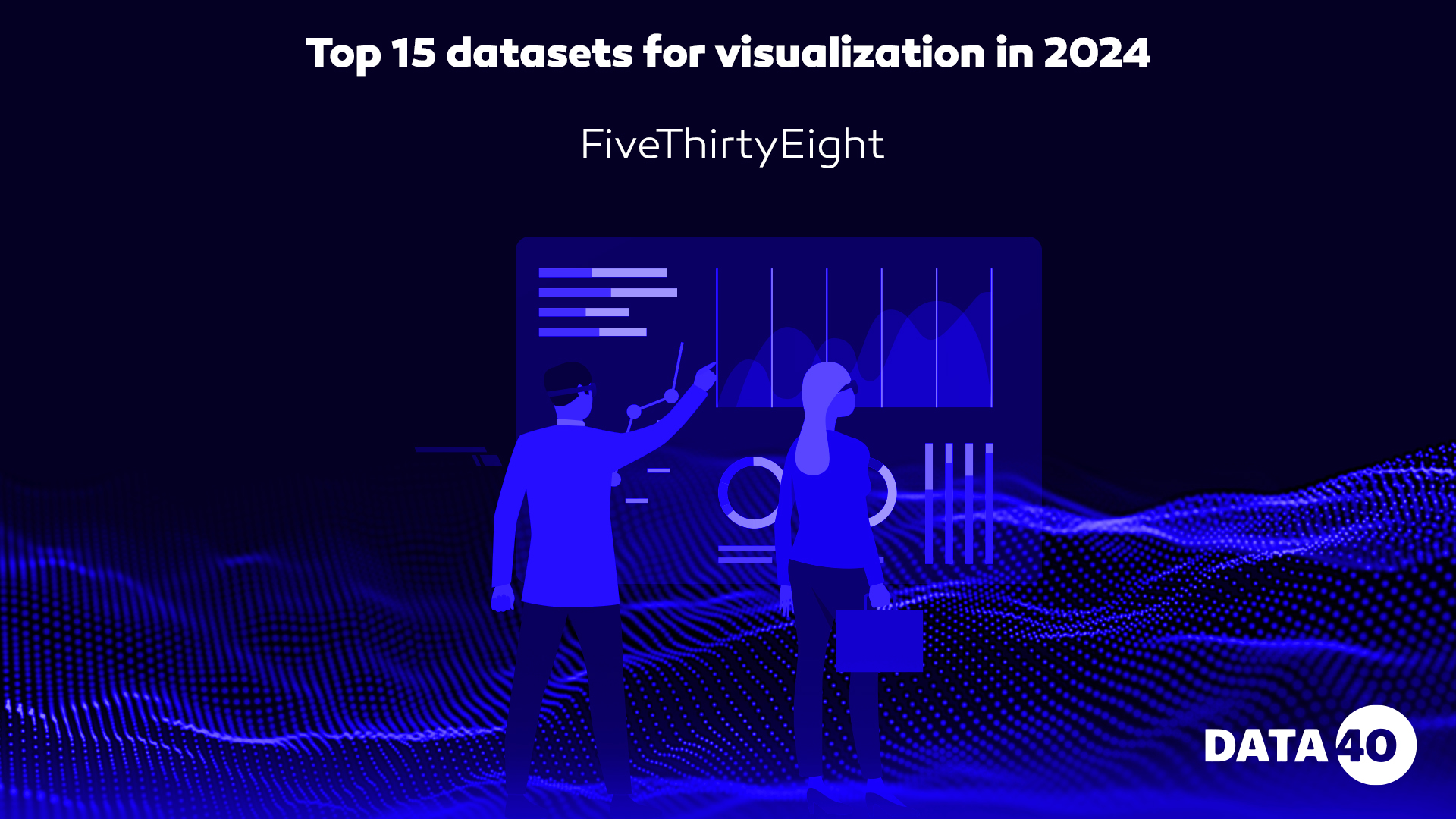
Renowned for its rigorous statistical analysis, FiveThirtyEight shares data on topics from politics to sports. Their compilations are meticulously curated, providing a solid foundation for evidence-based storytelling. This resource is invaluable for creating visualizations that resonate with current events and trends. With a commitment to data transparency, it enables others to replicate and build upon their work. For enthusiasts of data-driven narratives, this is an essential repository.
Kaggle Datasets

Kaggle is a platform that hosts an extensive range of data compilations, from user-generated content to datasets published by organizations. It fosters a community where data scientists can collaborate, share insights, and compete in challenges. This diversity offers endless possibilities for visualization projects across various domains. Kaggle’s interface facilitates easy access and exploration, making it a favorite among data practitioners. For those seeking both breadth and depth, Kaggle is a go-to resource.
UCI Machine Learning Repository
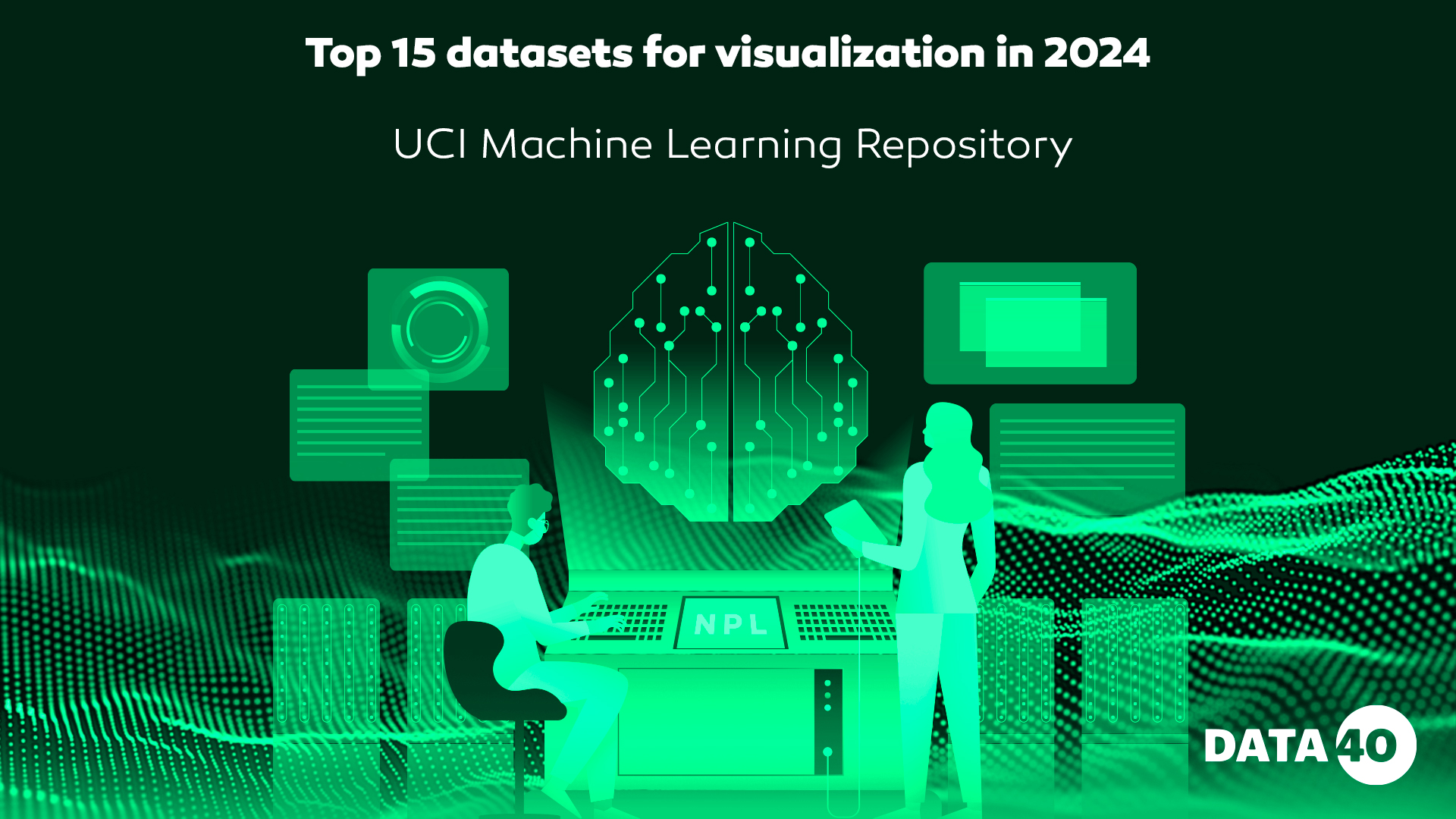
This repository is a comprehensive source of data sets specifically curated for machine learning and statistical projects. It covers a wide array of subjects, providing a fertile ground for academic and research-oriented visualizations. Each compilation comes with detailed documentation, enhancing its usability for educational purposes. It is highly regarded in the academic community for its quality and diversity. For machine learning enthusiasts, this repository is invaluable.
Google Trends Data

Google Trends provides insights into the popularity of search queries over time, offering a unique perspective on public interest and behavior. This tool allows users to visualize trends in real-time, making it perfect for capturing the zeitgeist. Its data can be used to track the ebb and flow of topics, enabling dynamic and timely visualizations. For those interested in the intersection of data and culture, Google Trends is a fascinating source.
NASA Earth Data
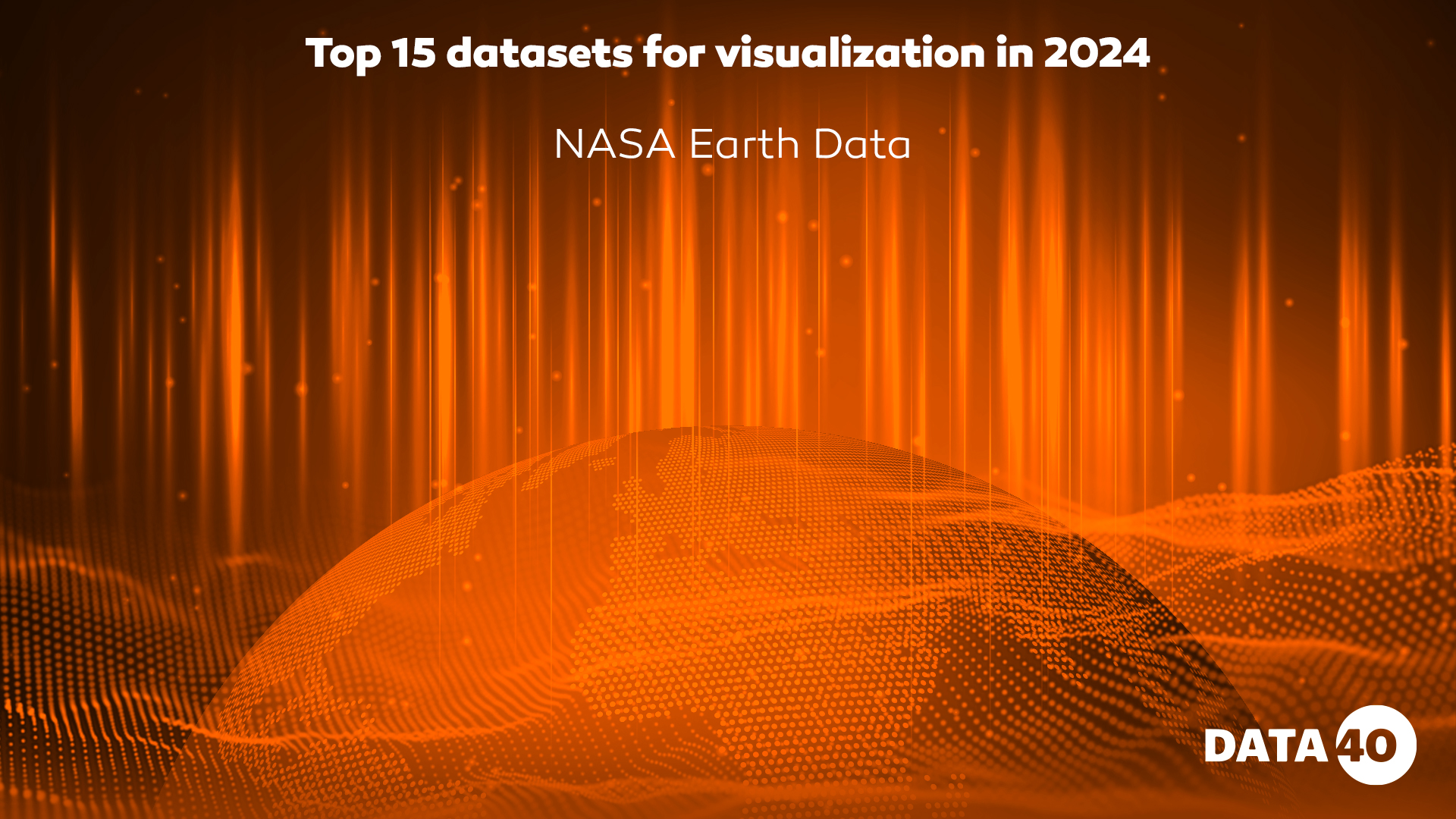
NASA’s Earth Observing System Data and Information System (EOSDIS) offers a wealth of information on our planet’s climate, geography, and environmental changes. This data is instrumental in creating visualizations that highlight crucial issues like climate change and deforestation. With rigorous scientific standards, this data is both reliable and impactful. For visualizations with an environmental focus, NASA’s data is unparalleled.
GitHub Archive
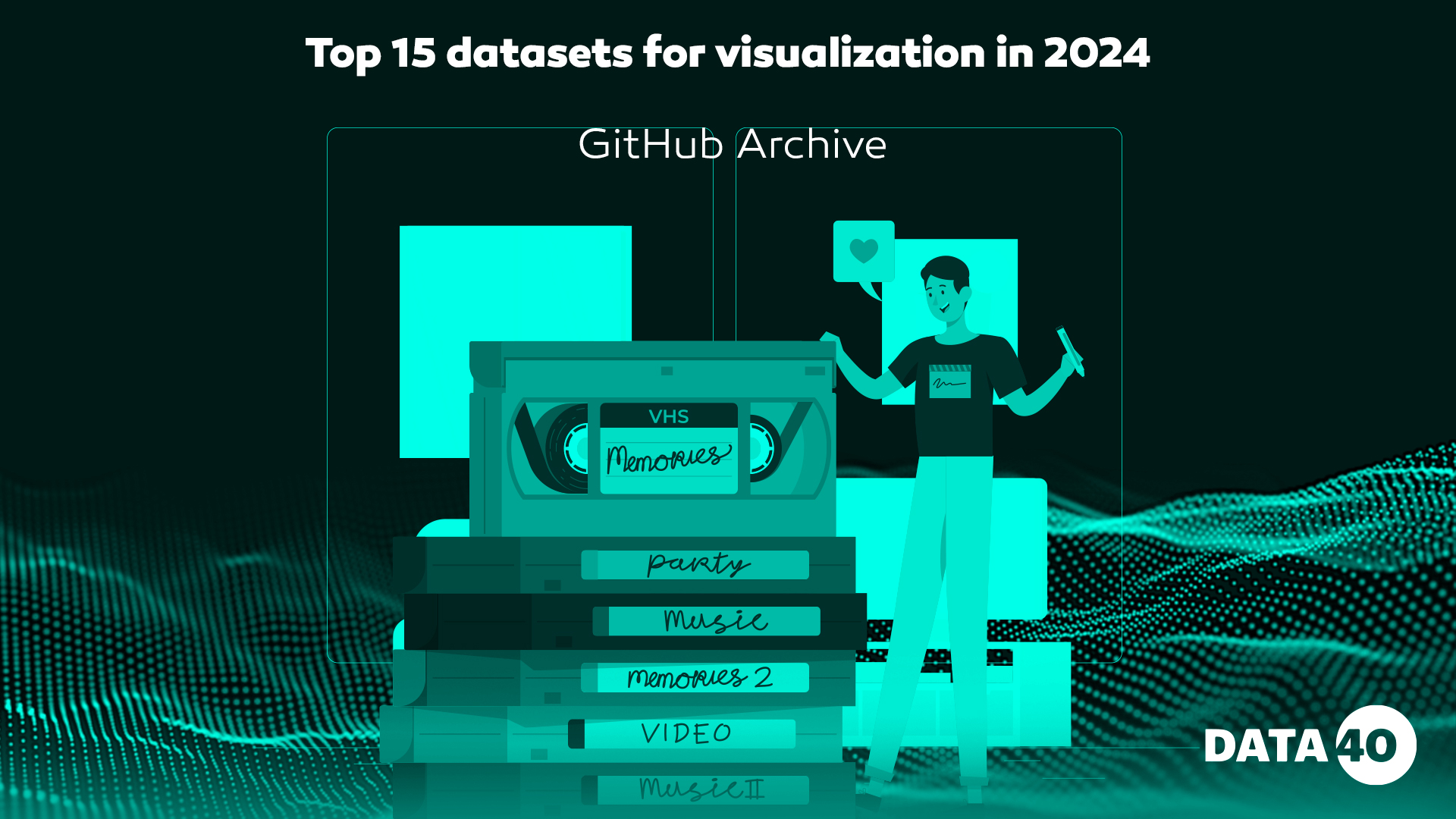
GitHub Archive provides a record of public GitHub activity, offering a granular look at the open-source community’s dynamics. This data is perfect for analyzing trends in technology, collaboration patterns, and project popularity. It’s an invaluable resource for visualizations that explore the evolution of coding practices and community engagement. For tech enthusiasts and researchers, this archive is a goldmine.
Stack Overflow Data Dump
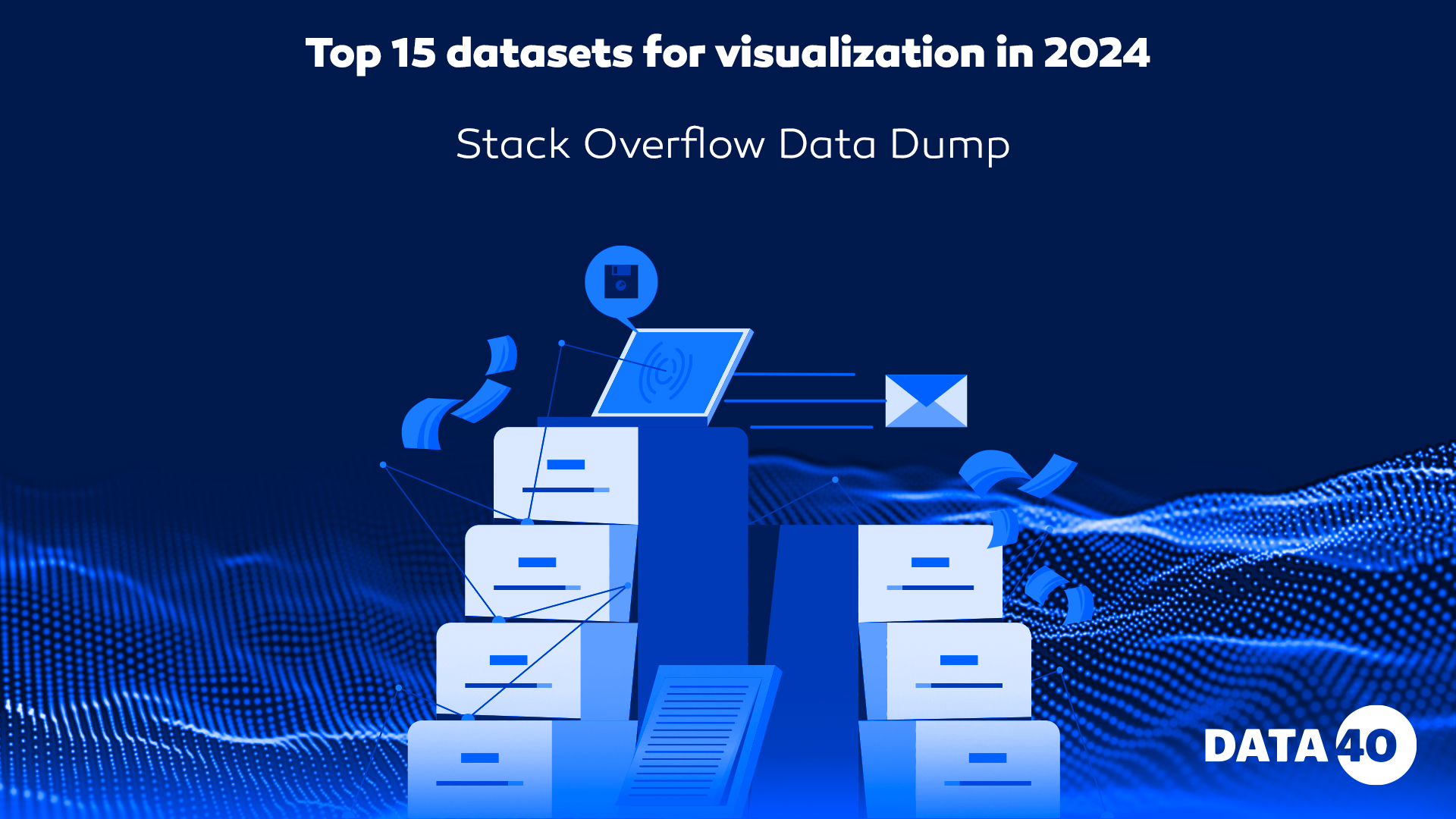
Stack Overflow’s annual data dump includes a wealth of information on user interactions, questions, and answers, shedding light on trends in the programming and developer community. This data is ideal for visualizations that map the landscape of technologies, languages, and troubleshooting topics. It offers a snapshot of the collective knowledge and challenges faced by developers worldwide. For insights into the tech community, Stack Overflow’s data is indispensable.
IMDb Data
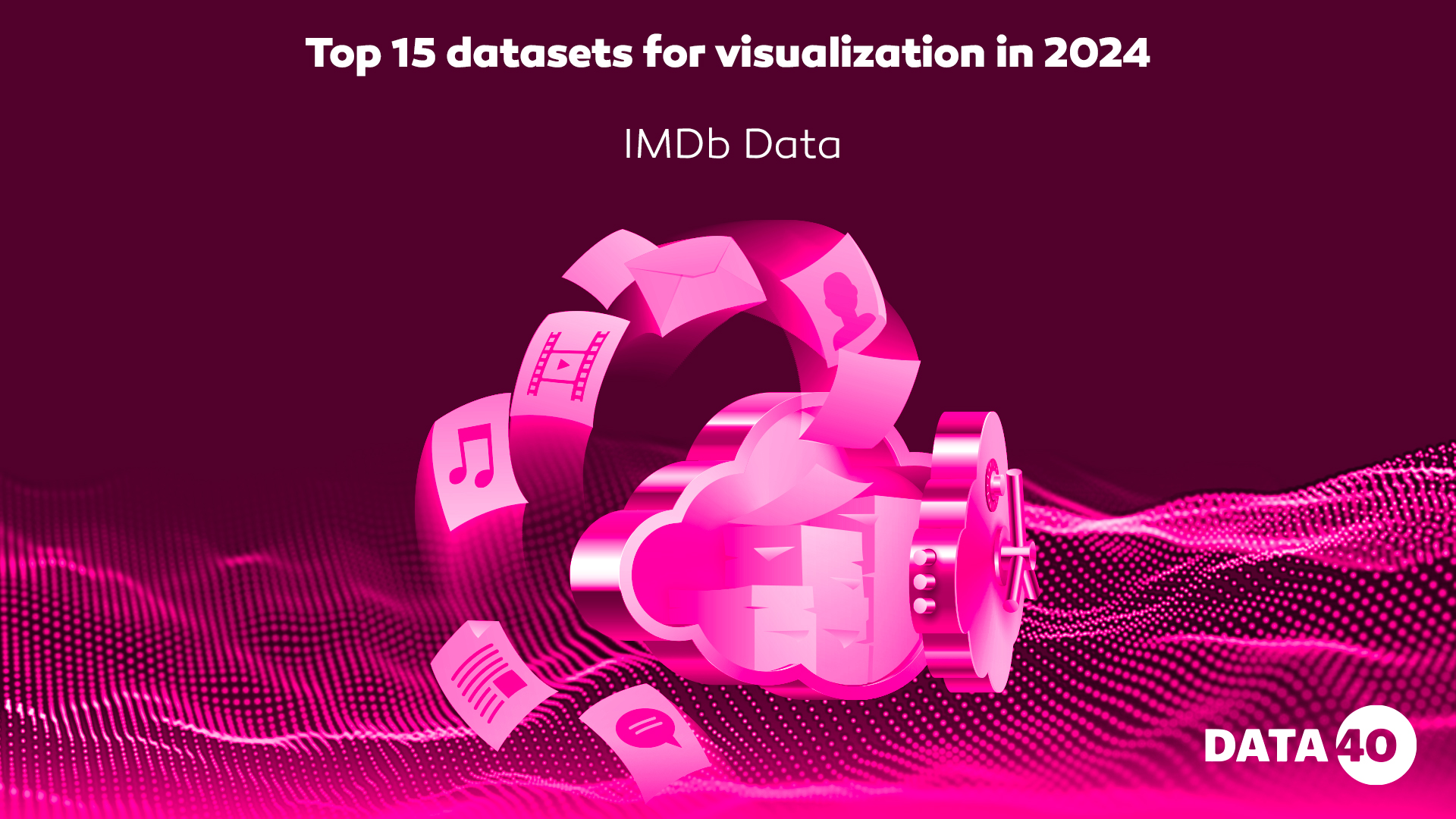
IMDb offers comprehensive data on movies, TV shows, and the entertainment industry, including ratings, cast information, and genre classifications. This data can be used to explore trends in film and television, analyze industry patterns, and visualize the evolution of entertainment. For projects focused on media analysis, IMDb’s data provides a rich canvas.
Reddit Datasets
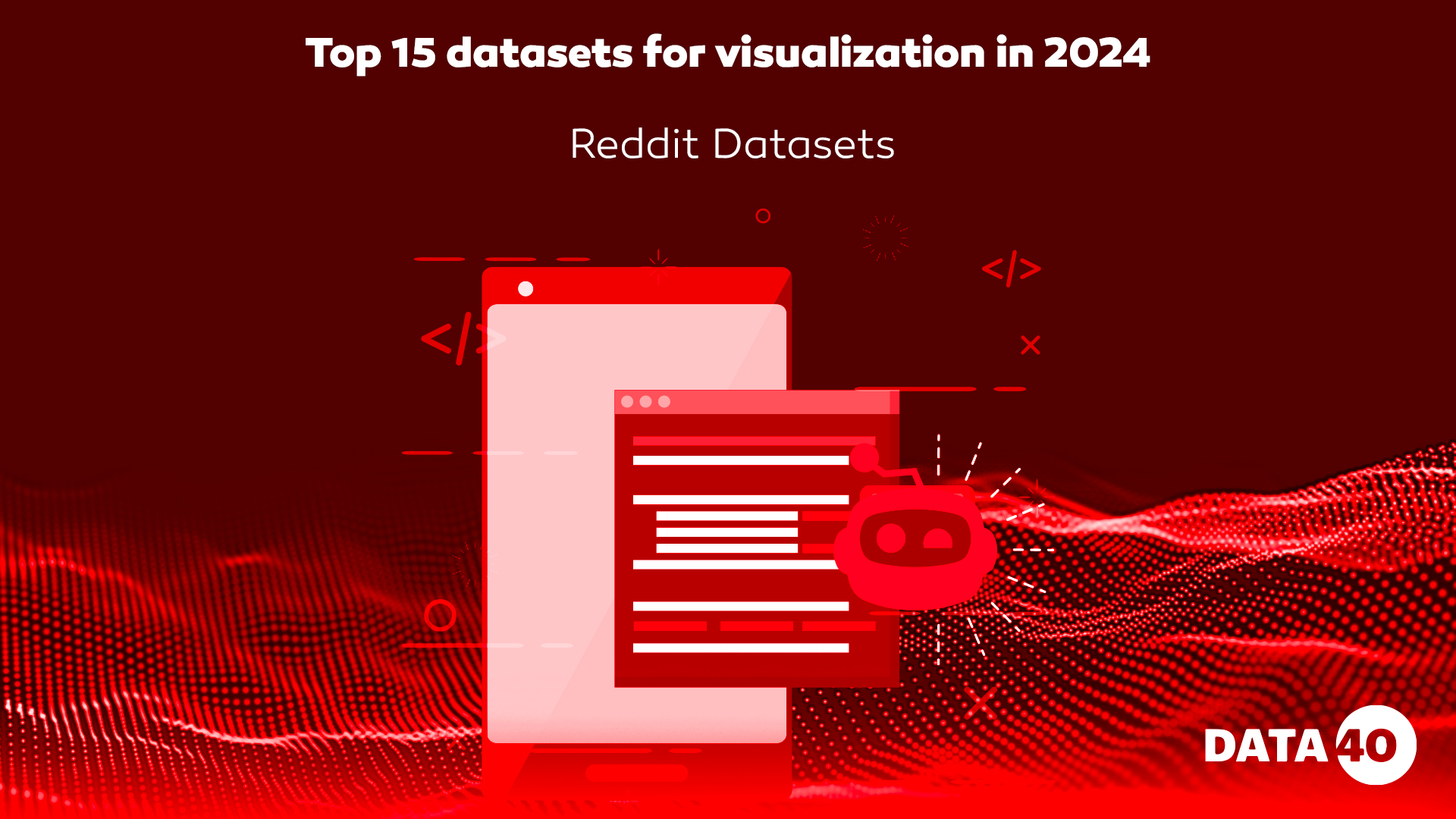
Reddit’s vast array of discussions, comments, and community interactions offers a deep dive into internet culture and trends. This data is perfect for sentiment analysis, trend identification, and community dynamics visualization. With Reddit’s diverse range of topics, the possibilities for data visualization projects are virtually limitless. For those interested in social media analysis, Reddit provides a compelling dataset.
OpenStreetMap Data.
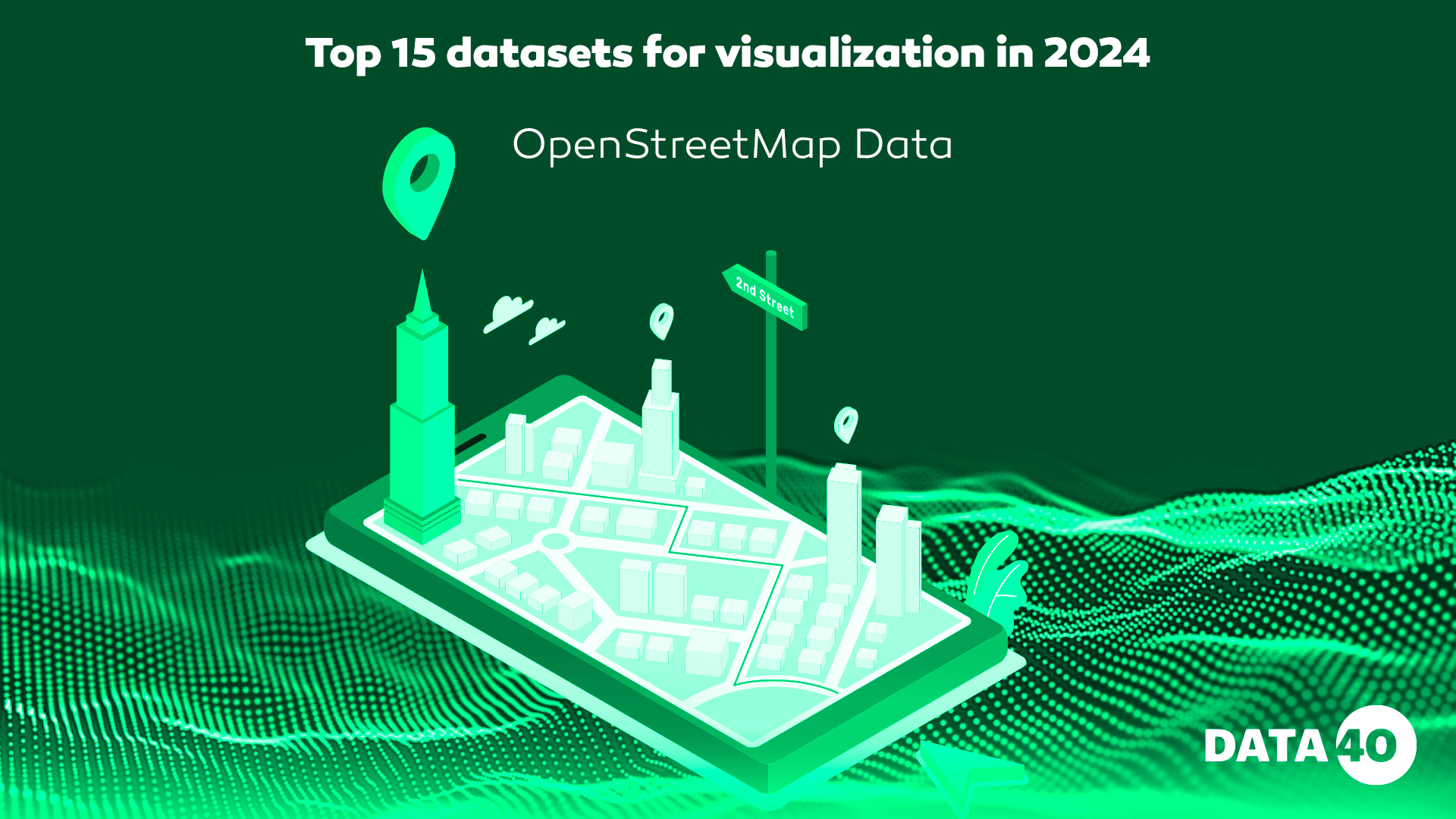
OpenStreetMap offers detailed geographical data contributed by a global community, covering everything from street maps to points of interest. This data is invaluable for creating detailed geographical visualizations, urban planning projects, and spatial analysis. The collaborative nature of OpenStreetMap ensures a rich and constantly updated source of geospatial data. For projects requiring detailed maps, this is an essential resource.
Zillow Real Estate Data
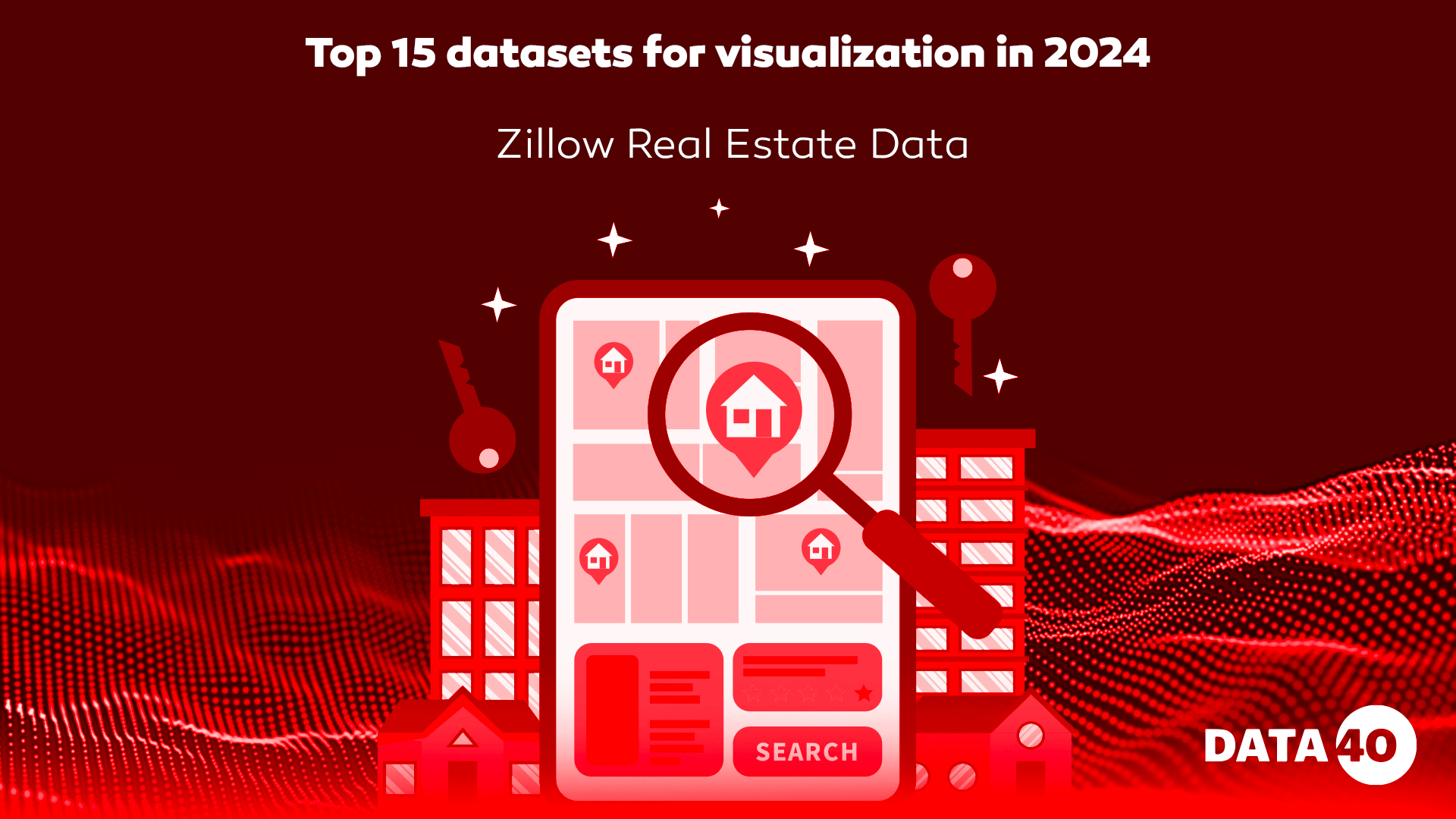
Zillow’s compilation stands out as a prime resource for those delving into the complexities of housing markets, offering a rich tapestry of information on home values, rental trends, and geographic nuances. This trove is indispensable for visual storytelling, allowing users to map out economic conditions, urban development patterns, and investment opportunities. Insights gleaned from this source are pivotal for stakeholders in real estate, from investors to policymakers, providing a detailed landscape of American housing dynamics. Its breadth facilitates a deep dive into regional disparities and market movements, making it an ideal foundation for visualization projects that seek to elucidate the real estate sector’s intricacies. Zillow’s commitment to data transparency fuels a myriad of analyses, rendering it a cornerstone for those aiming to craft compelling narratives in the real estate domain.
US Census Bureau Data
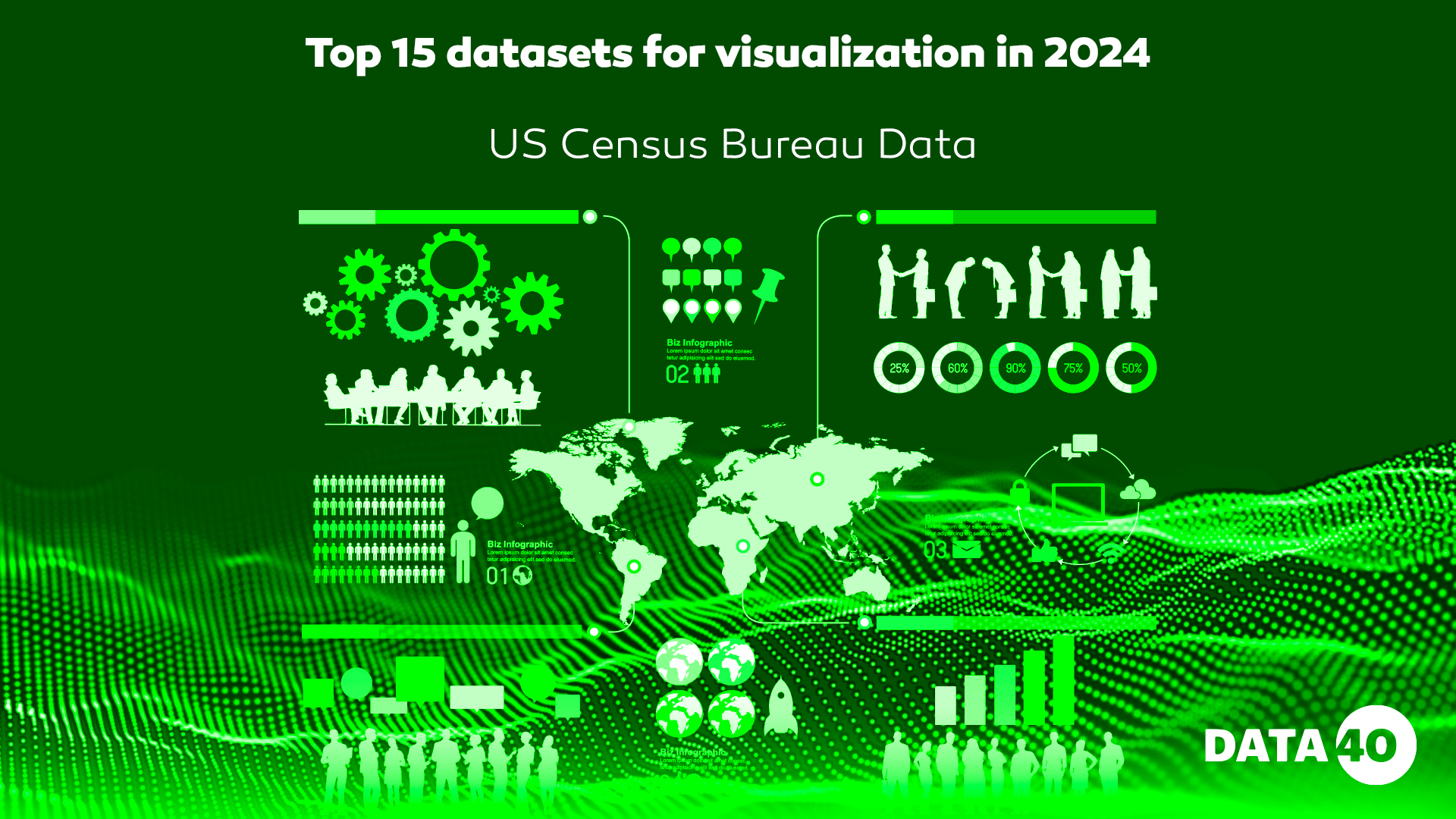
The comprehensive collections from the US Census Bureau emerge as a gold standard for demographic, economic, and geographic explorations, offering an exhaustive snapshot of American life. This collection is a linchpin for visualizations that aim to dissect population dynamics, income disparities, and housing conditions, providing a granular view that supports a wide array of analytical endeavors. Its utility spans across governmental, academic, and commercial sectors, enabling informed decision-making and policy formulation. The depth and diversity of this information make it an unparalleled asset for creating visualizations that require a nuanced understanding of societal structures. Through facilitating access to such detailed information, the US Census Bureau significantly contributes to the enrichment of data-driven discussions and analyses.
World Bank World Development Indicators
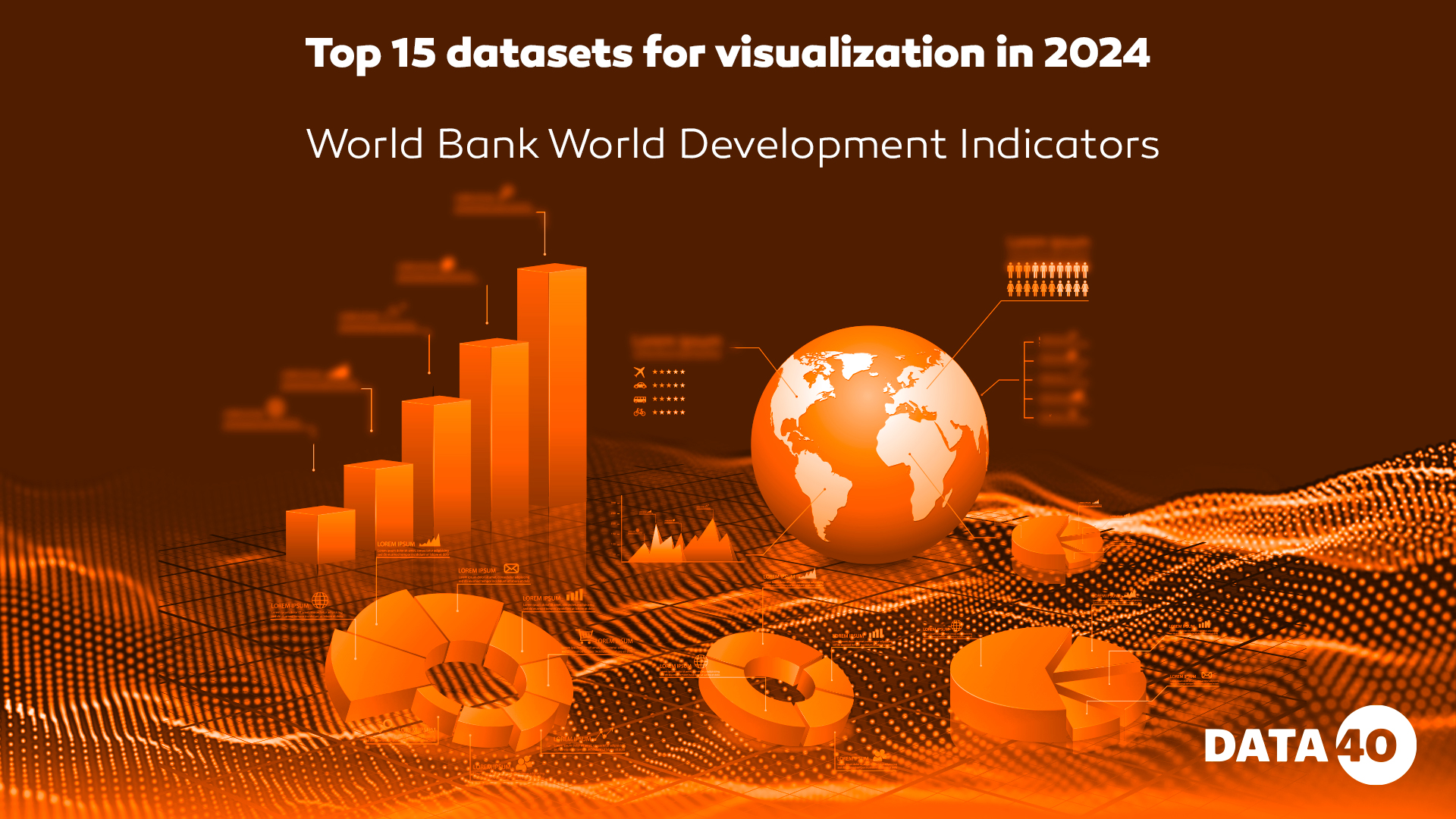
The World Bank’s World Development Indicators are revered for their comprehensive coverage of global development metrics, spanning health, education, economy, and the environment. This source is instrumental for visualizations that aim to compare countries, track developmental progress, and highlight areas in need of intervention on a global scale. Its extensive range of indicators allows for a multifaceted analysis of developmental challenges and successes, fostering a deeper understanding of global dynamics. For projects with an international scope, these indicators provide a robust foundation for creating impactful and informative visual narratives. The World Bank’s dedication to open data access ensures that these valuable insights are available to a broad audience, supporting global development initiatives.
Twitter Edge Nodes
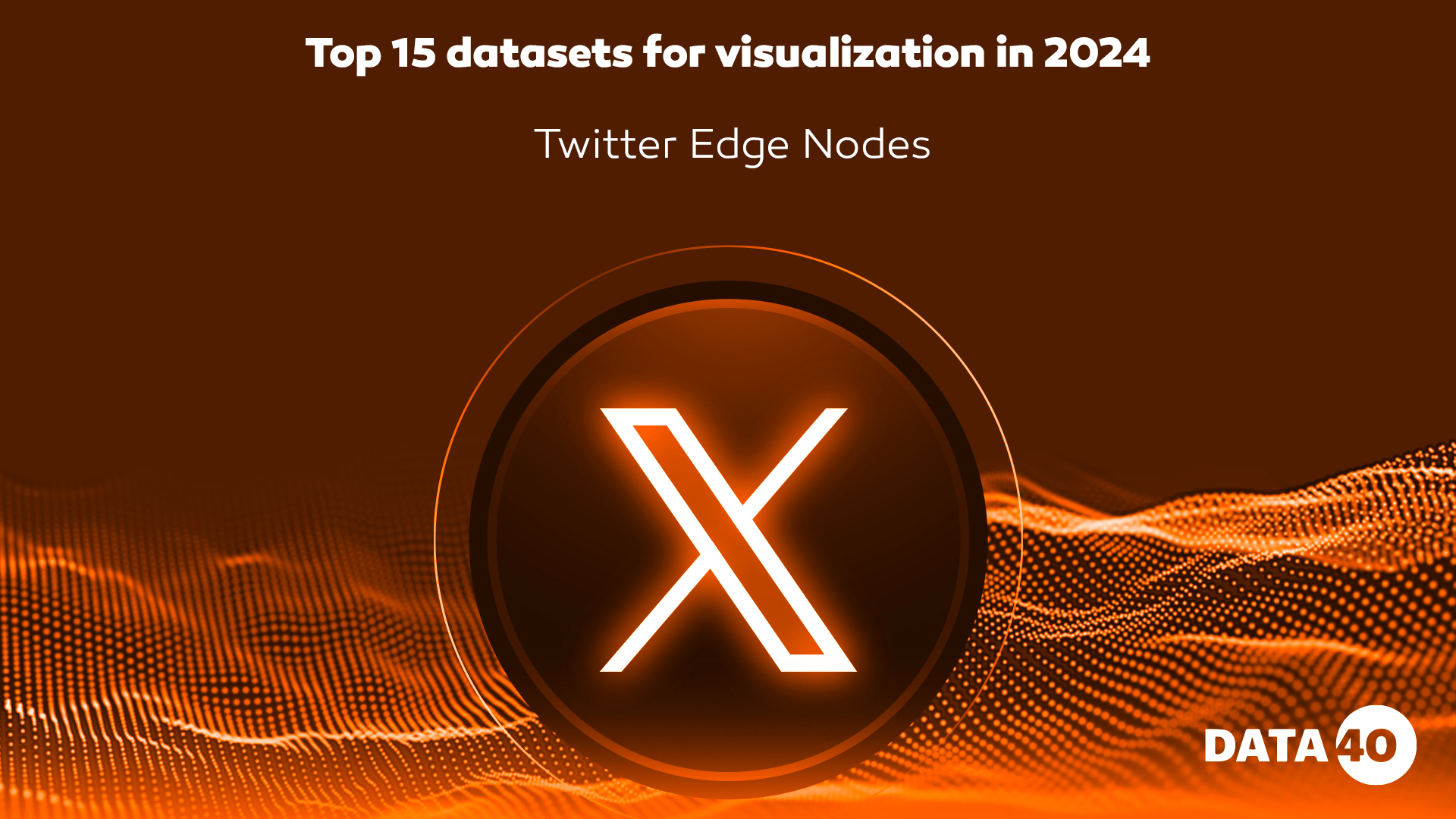
Twitter’s data, particularly from its network of edge nodes, offers a unique lens into social dynamics, public sentiment, and real-time global events. This source is unparalleled for visualizations that seek to map digital communication patterns, trends in public opinion, and the spread of information across social networks. The immediacy and relevance of Twitter data make it especially suited for projects that require a pulse on current events or the dynamics of social discourse. Its vast, constantly updating stream provides a rich canvas for visual analyses, enabling researchers and analysts to capture the zeitgeist of the digital age. Leveraging Twitter’s data for visualization projects opens up new avenues for understanding complex social interactions and digital phenomena in an interconnected world.
Understanding Datasets for Visualization
Data collections for visualization can vary widely in scope, format, and content, ranging from simple spreadsheets of financial figures to complex datasets encompassing geospatial information or time-series data. The key to leveraging these collections lies in understanding their structure, the relationships between their components, and the context in which they were gathered. This understanding is crucial for selecting the right visualization techniques and tools that will best represent the data’s story.
Utilizing These Collections for Visualization
Numerous tools and software options exist for professionals in this field, each providing distinct features suited to various types of collections and visualization requirements. Open-source programming languages like Python and R come equipped with libraries such as Matplotlib, Seaborn, and ggplot2, while specialized software like Tableau, Power BI, and Qlik cater to more specific needs. The selection hinges on collection complexity and desired customization level for visual representations.Effective Visualization Tips:
- Audience Understanding: Customize visuals to match your audience’s knowledge and interests. Visual choices should resonate with their interpretative capabilities.
- Clarity Over Complexity: Prioritize clear, uncluttered presentations. Opt for straightforward visual elements, using minimal color to emphasize crucial points.
- Design Uniformity: Ensure design elements like color schemes, fonts, and symbols remain consistent throughout all visuals to maintain a unified narrative.
- Narrative Visualization: Each visual should contribute to your overarching narrative. Focus on points that push this narrative forward, contemplating visual sequencing.
- Feedback-Driven Refinement: Rarely is a first draft perfect. Adapt and enhance visuals based on critiques to improve clarity and effectiveness.
Conclusion
Beyond mere number representation, visualization embodies storytelling, clarity, and insight. Selecting and comprehending suitable collections form any project’s bedrock. With proper tools and adherence to visualization best practices, professionals can convert raw figures into engaging narratives that enlighten, convince, and motivate. As visualization evolves, so does the importance of exploring and employing diverse collections for effective communication.
FAQ
А1: It is ideal for these projects to align with project objectives, be high in quality (accurate, complete, timely), and structured to suit intended analytical and visual techniques.
A2: Tool selection is pivotal, influencing user-friendliness, customization options, and available visual types. It should correspond to project intricacies and user expertise.
А3: Indeed, a single dataset can inspire multiple visual forms, depending on which aspects one wishes to illuminate or examine. Choosing a visual type should be guided by narrative needs and audience requirements.
А4: Common missteps involve making visuals too complex, selecting unsuitable visual forms, overlooking audience comprehension levels, and not adequately spotlighting critical insights.
А5: Enhancing proficiency in this area involves continual practice, soliciting and acting on feedback, analyzing successful visual examples, and staying abreast of emerging tools, techniques, and practices.




